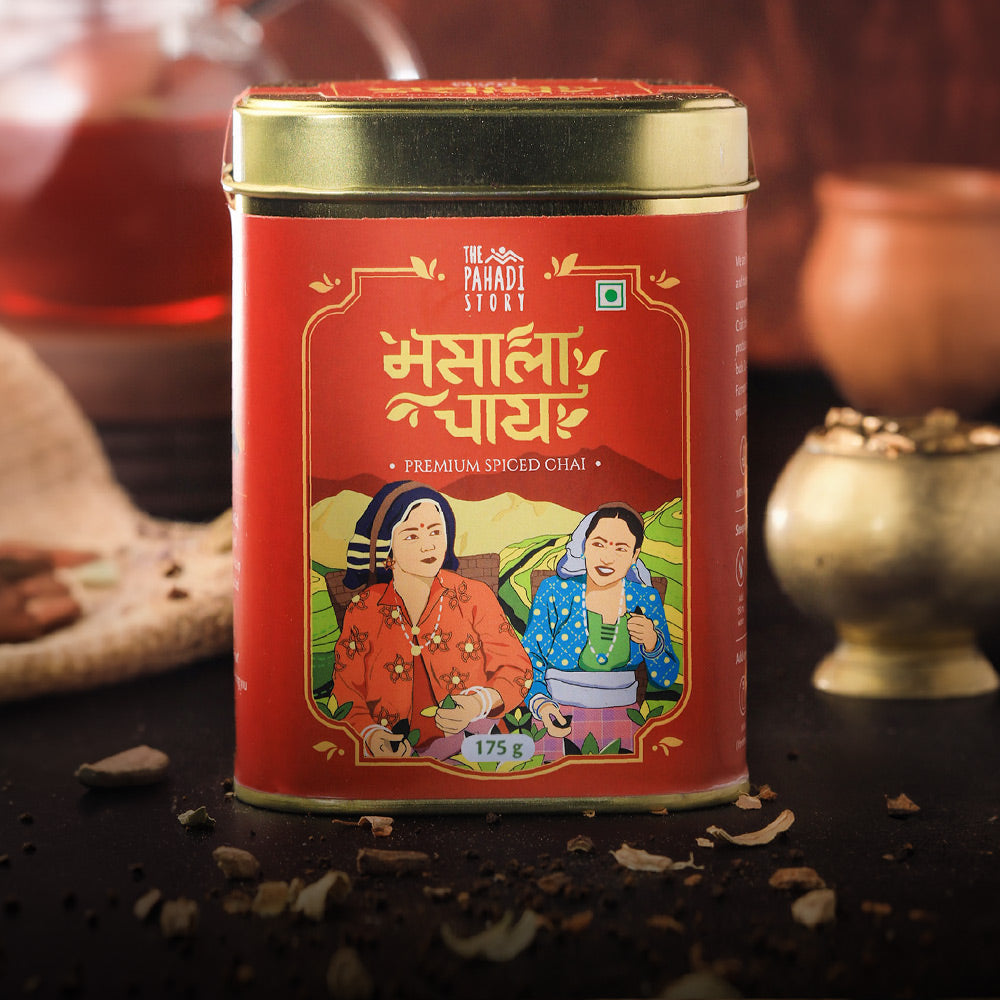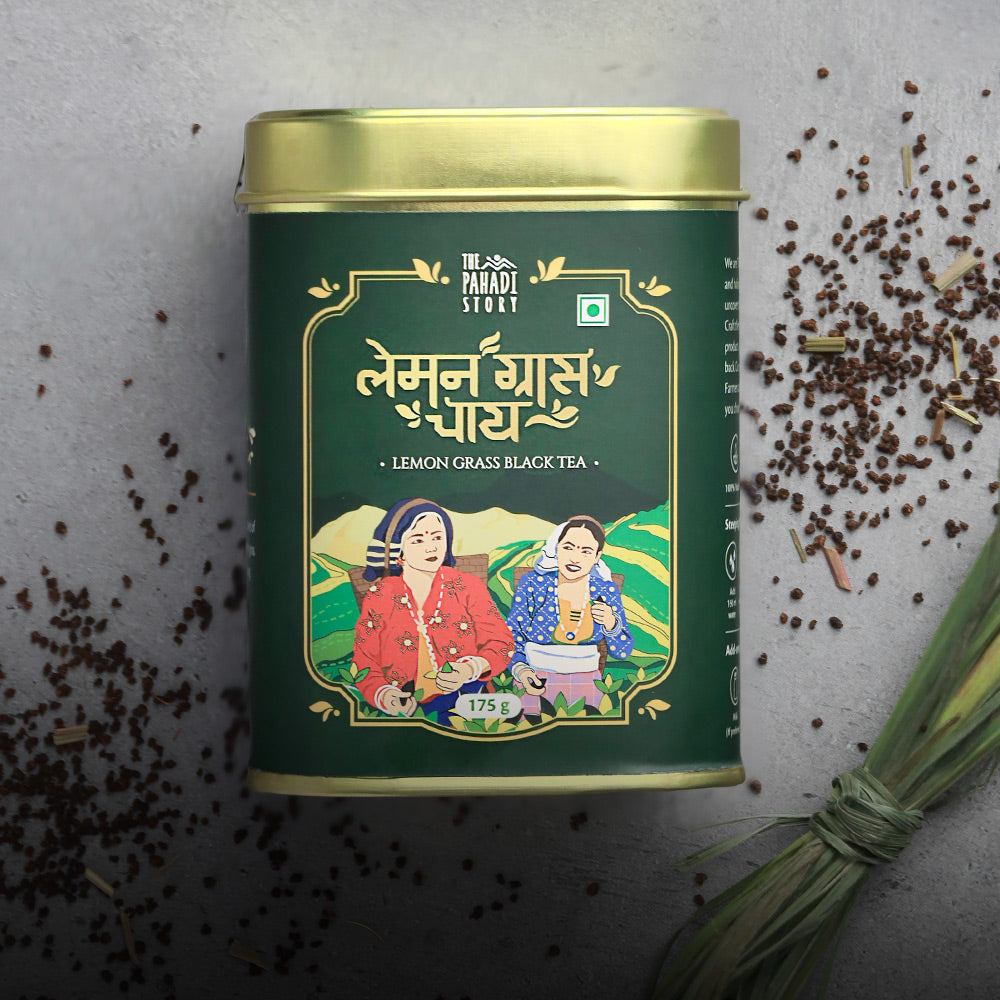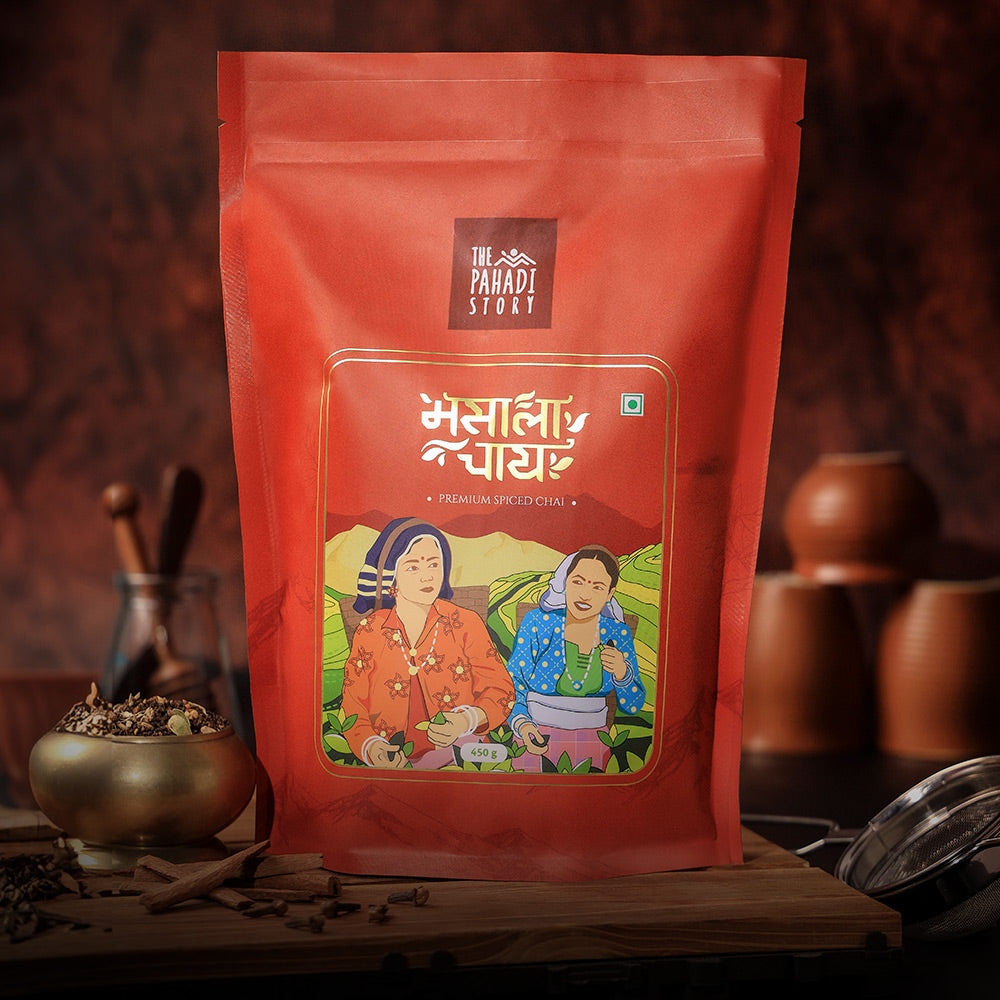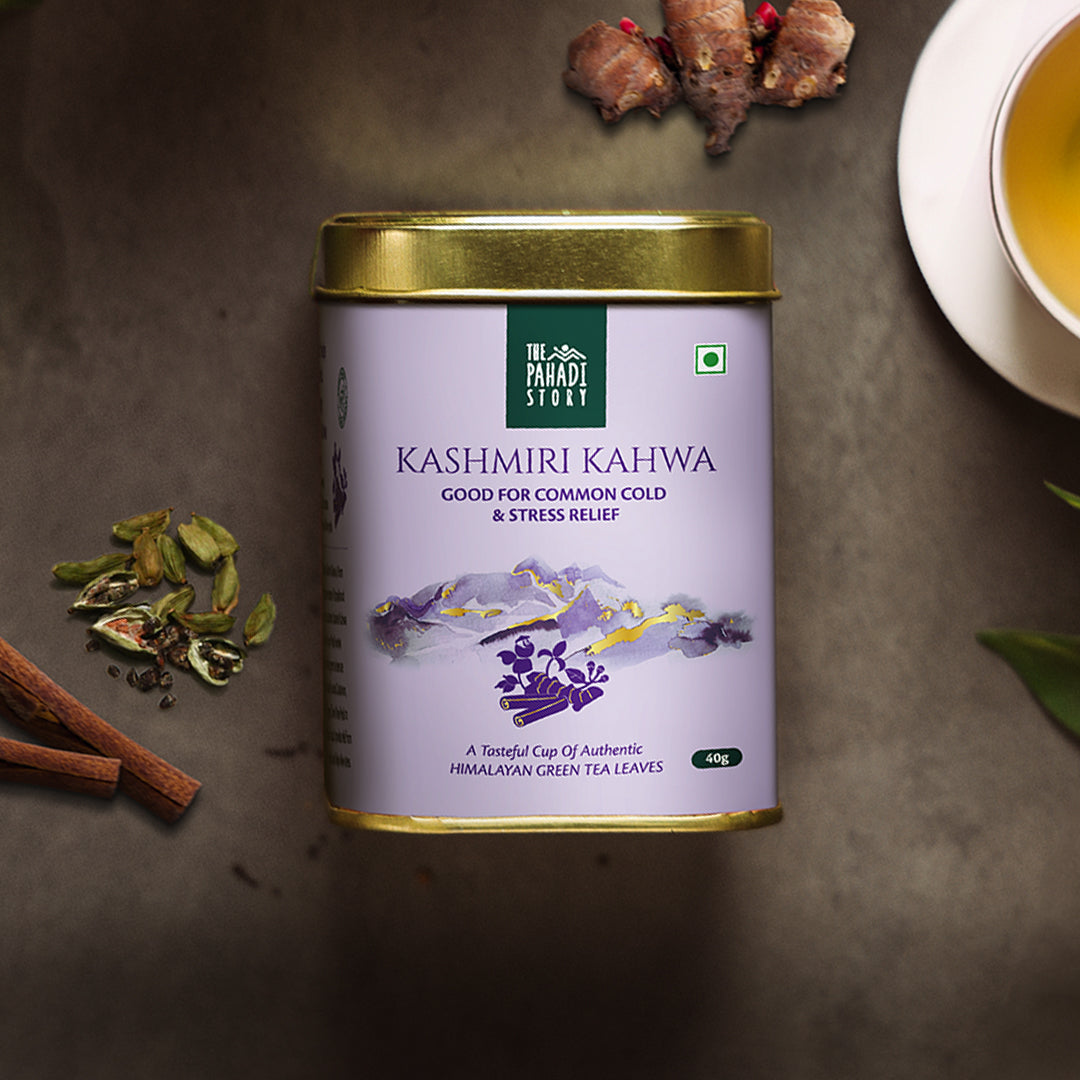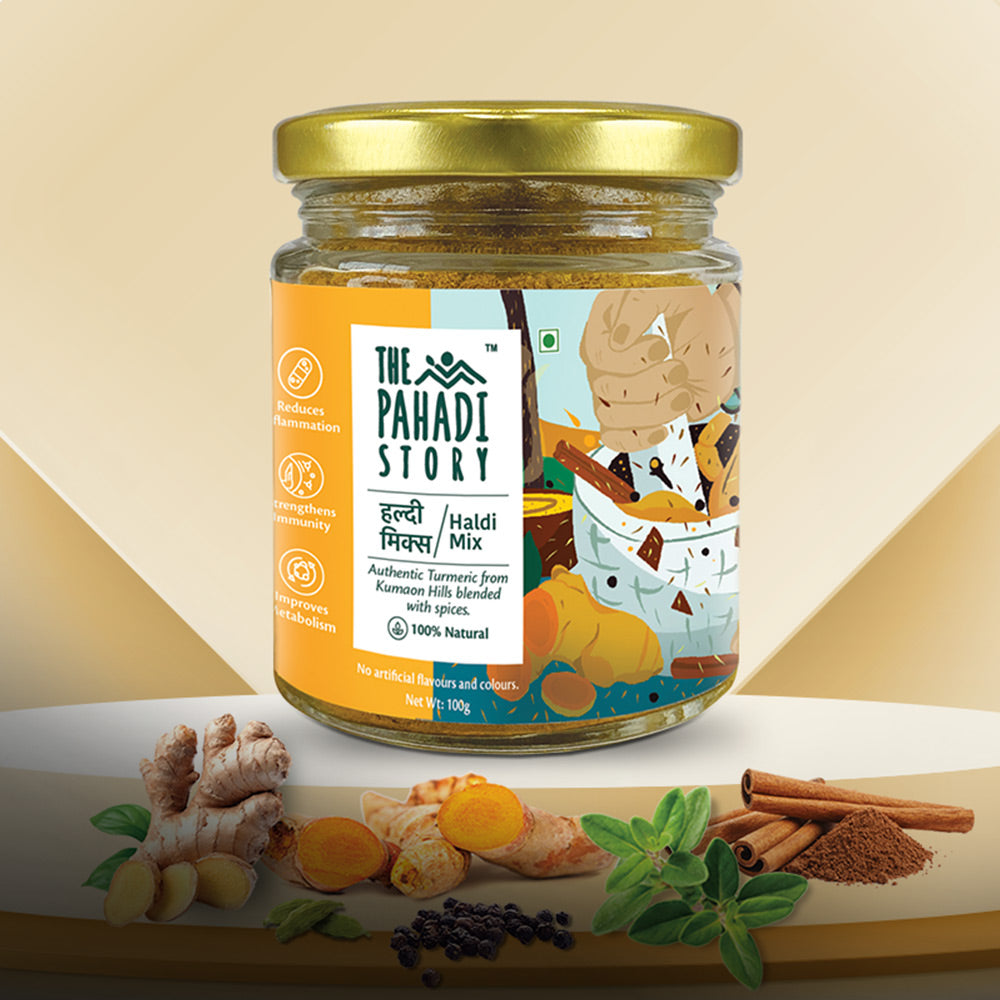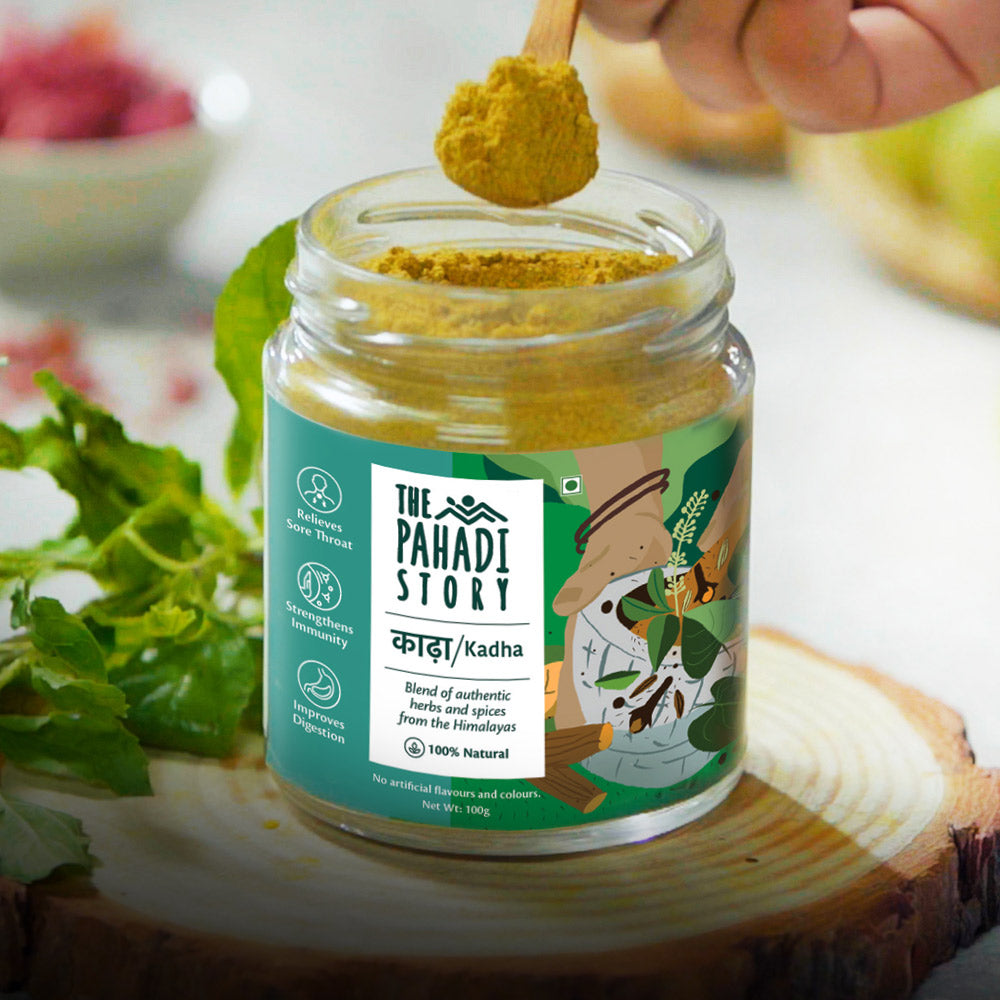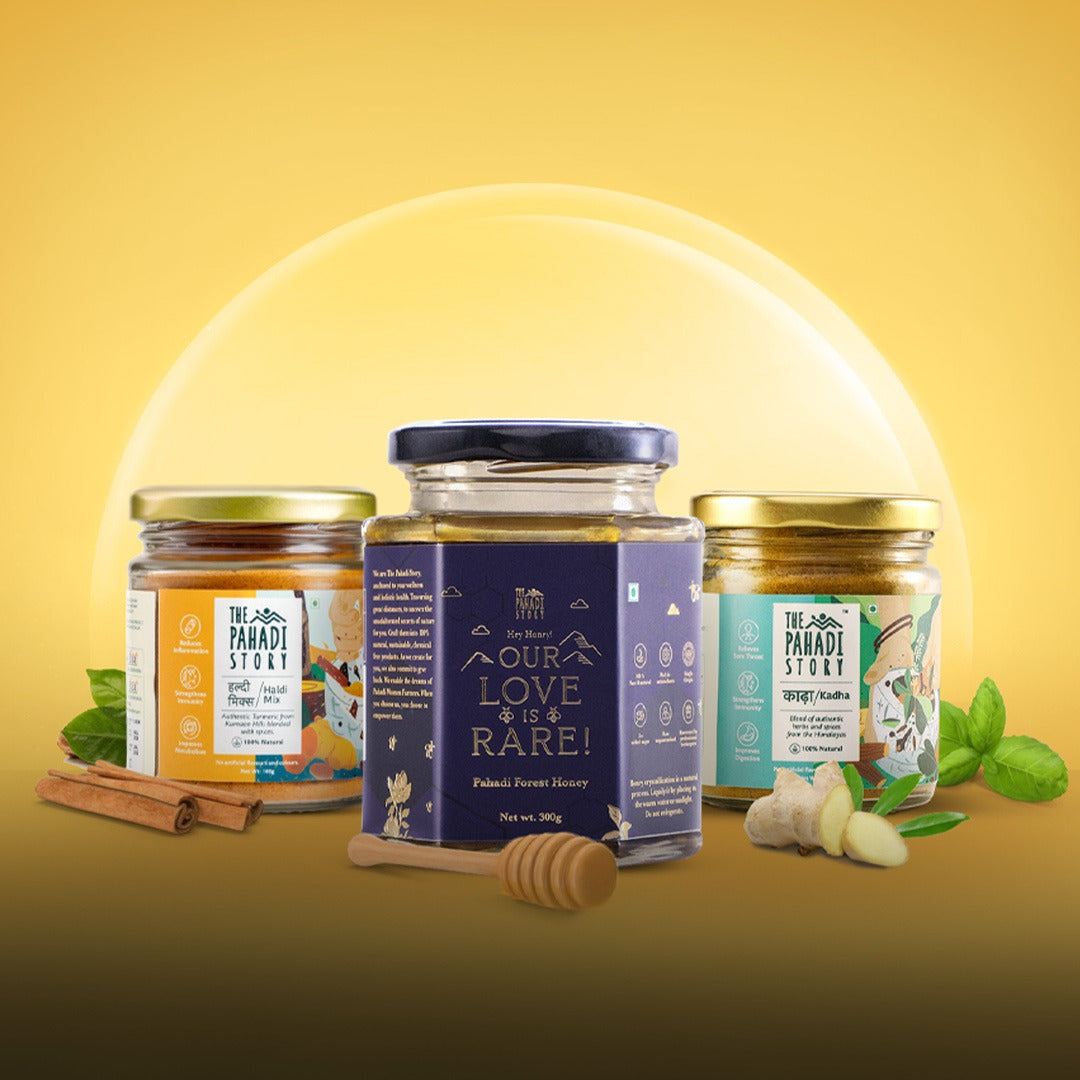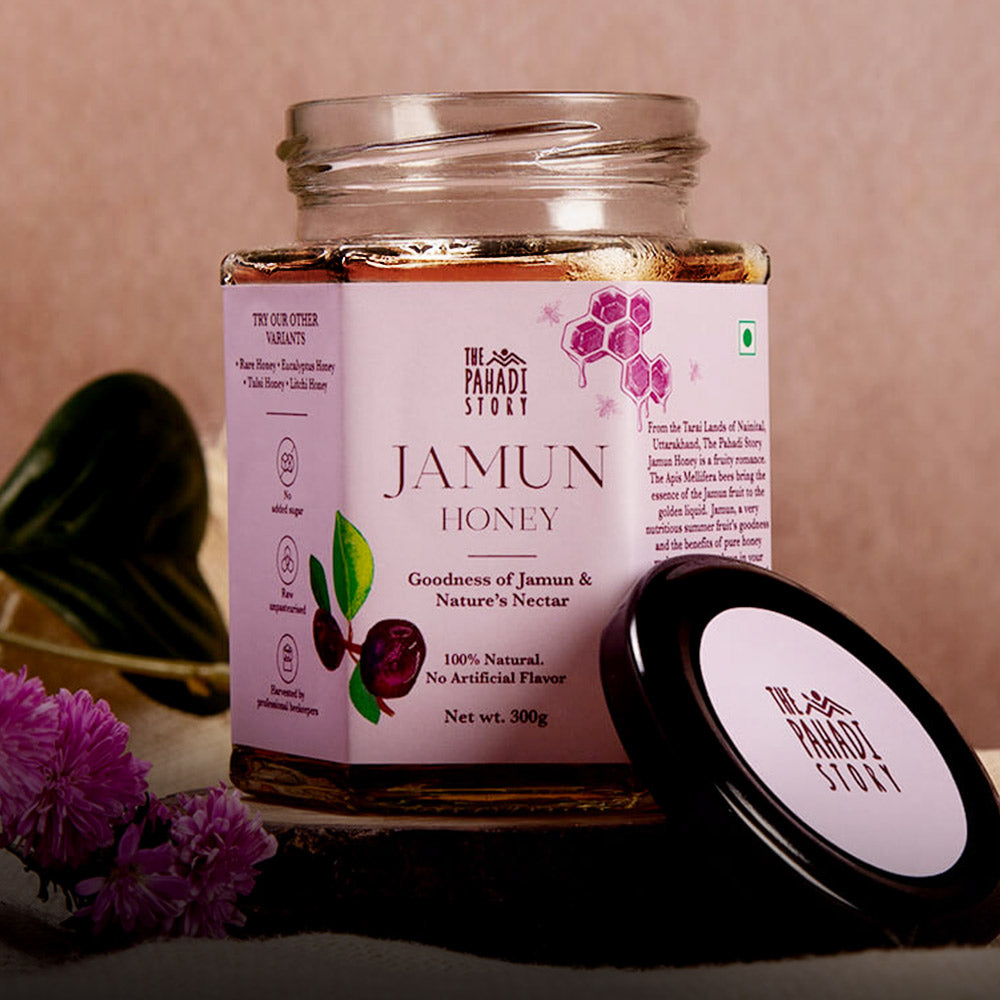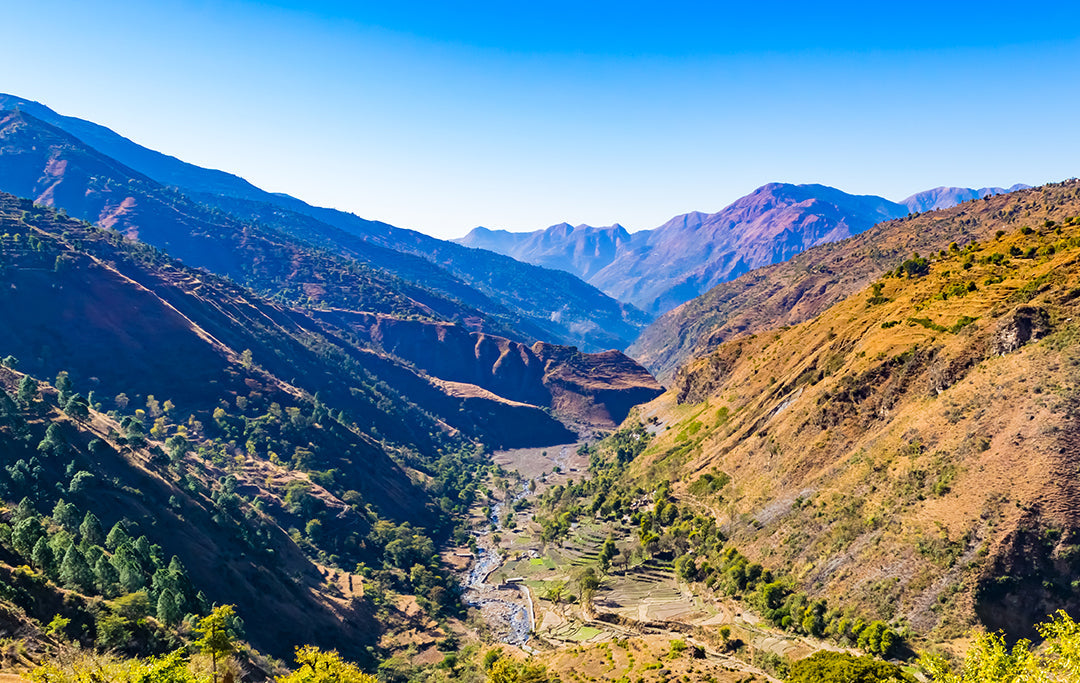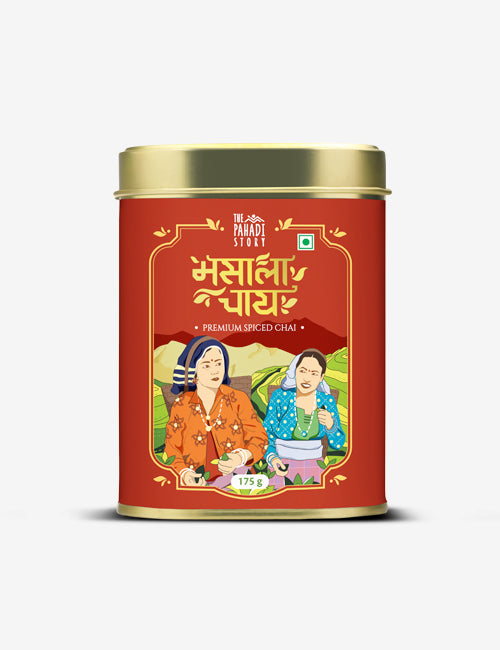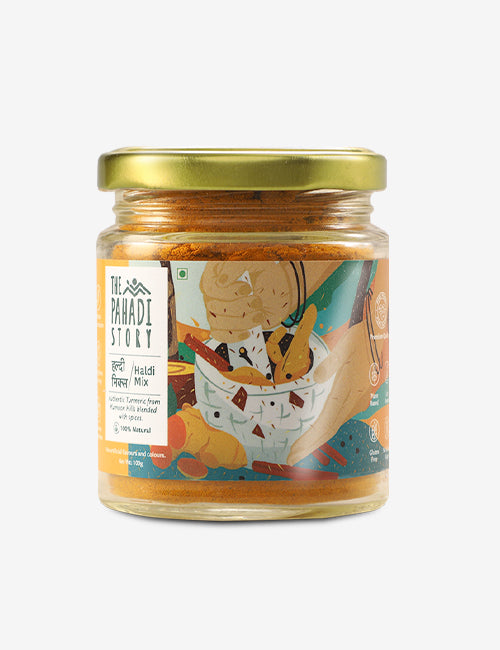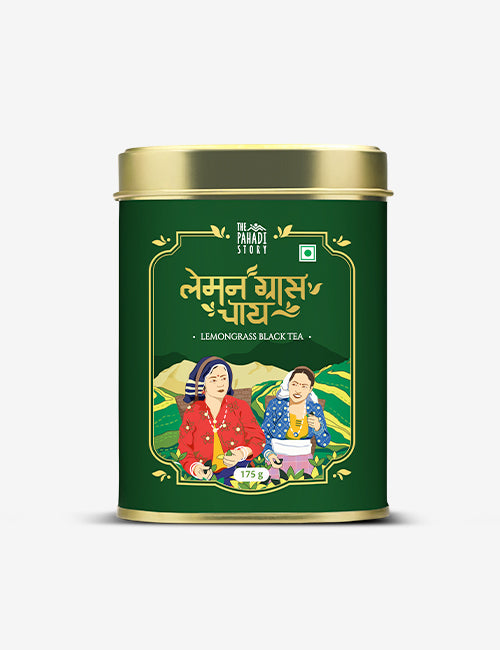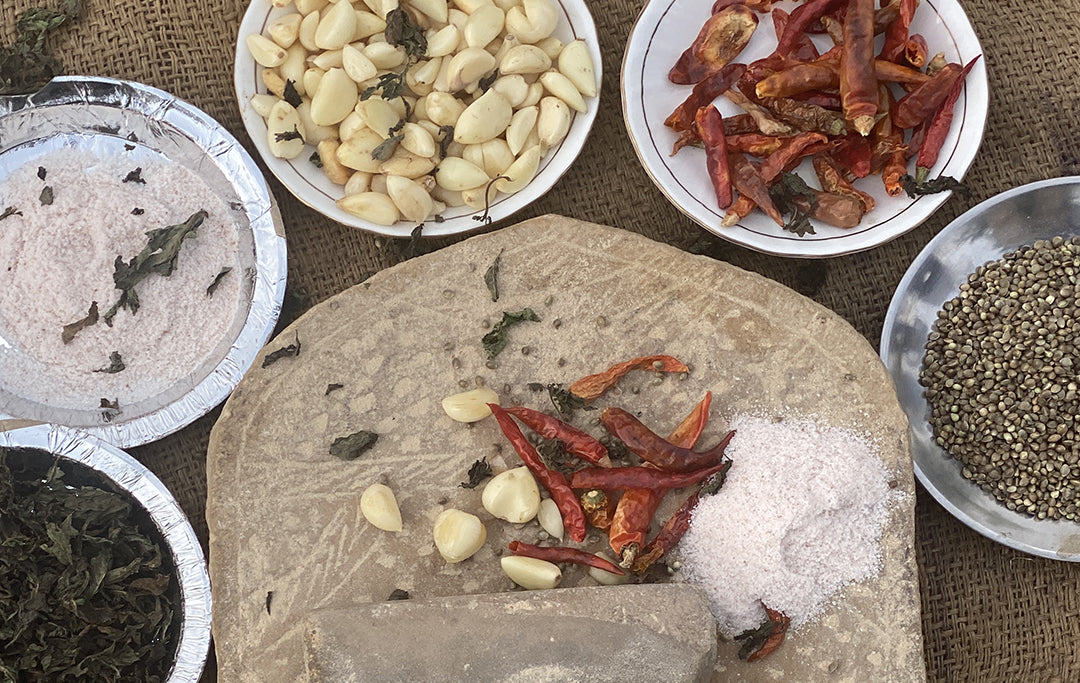The word 'Pahadi' essentially means "dwellers of mountains." It is associated with the population of Himalayan Indian regions, comprising Himachal Pradesh, Jammu & Kashmir, Uttarakhand, and parts of northern Uttar Pradesh, along with Nepal.
Like the mystical mountains they call "home,” the pahadi culture is as diverse as the terrains and vibrant as the scenic beauty encompassed by their abode. Here's a small literary mirror into their rich heritage and lifestyle.
Who are Pahadi People in India?
Historically, the Pahadi people are some of the most ancient residents of civilization, having been mentioned by Pliny and Herodotus and featured in India's epic poem, the Mahabharata.
Their numbers were estimated to be about 20,000,000 in the early 21st century. They speak languages belonging to the Indo-Aryan branch of the Indo-European family.
What Are The Highlights Of The Pahadi Culture?
Every region has its story imbued in its signature art, architecture, and gourmet styles. The livelihood also speaks volumes about the people. Similarly, the Pahadi residents showcase their uniqueness through several facets that are listed below.
1. Folk Arts

Art forms such as dance, theatre, and music, indigenous to Pahadi culture, are infamous. In the regions of Garhwal and Kumaon in Uttarakhand, Choliya, a sword meant to depict the martial art traditions of the native tribes, is most popular.
In Himachal Pradesh, Nati is the most famous, with a Guinness World Record as the largest folk dance. Contemporary artists like Suraj Singh Rawat and Ankita Chamoli hold performances that highlight the pahadi tradition. Plays like Pandava Leela are also widely adored.
2. Cuisine

The culinary feats of Pahadi culture are too hot to handle, quite literally, with Pahadi chillies being some of the spiciest and one of the prime ingredients, along with yoghurt and ghee. Some of the Pahadi traditional dishes include Bhat ki Churkani, pahadi dal, Mandua (Ragi) Roti, Pahadi raita, etc.
3. Livelihood

The chief occupation of the Pahadi is agriculture, involving over 70% of the people. Agriculture is a significant contributor to their GDP. The main crops are potatoes and rice.
Ghethi, a red potato type, is a widely-used ingredient in Pahadi traditional cuisine, while the Basmati variety dominates the rice market. Other crops include:
- Wheat
- Barley
- Onions
- Tomatoes
- Tobacco
Now, let’s look at the major farming hacks used to get the best quality product.
Three Major Techniques Of Pahadi Farming
The techniques that work in the plains aren't functional in the mountains due to the difference in the geographical conditions. They are tough, but the Pahadi people are tougher.
They have developed a modus operandi that suits the rough mountain land, making agriculture possible like:
1. Contour Farming

It is the intensive technique of ploughing the mountain terrains into slopes in order to enhance cultivation and promote water conservation. The farmers plant crops in organized rows.
There are proper ridges for drainage, irrigation, and storage, especially in the form of rainwater harvesting. The method reduces soil erosion, limits fertilizer dispersion, and is time-saving.
2. Terrace Farming

It consists of many different stair-like platforms called terraces and is the most popular technique. Although labour-intensive, it helps in optimizing land area under usage in varied terrains.
The terrace is a relatively plain ridge cut across a mountain slope, positioned with dug in soil linkages for irrigation purposes, right on the upper frontier of the ridge.
3. Jhumming Farming

It is usually practised by the mobile clans and is an indigenous term to refer to the practice of shifting or slash-and-burn cultivation. The land is utilized for agriculture and then left barren for some time to revert its natural fertility.
Animal husbandry is also practised, with sheep and cows being primary domestic animals. Spinning and weaving of wool and production of milk and milk-based products are the livelihoods of people. Other professions include forestry, smithing, artisan, and craft-making.
Conclusion
In Spite of the hardships, the Pahadi people lead lives with two principles: "Hard Work" and "Simplicity.” And the Pahadi Culture is an important contributor to the beautiful diversity of the Indian subcontinent.
frequently asked questions
-
Who are considered Pahadi people in India?
-
What is unique about Pahadi culture?
-
What farming techniques do Pahadi people use?
-
What are the main occupations of Pahadi people?


